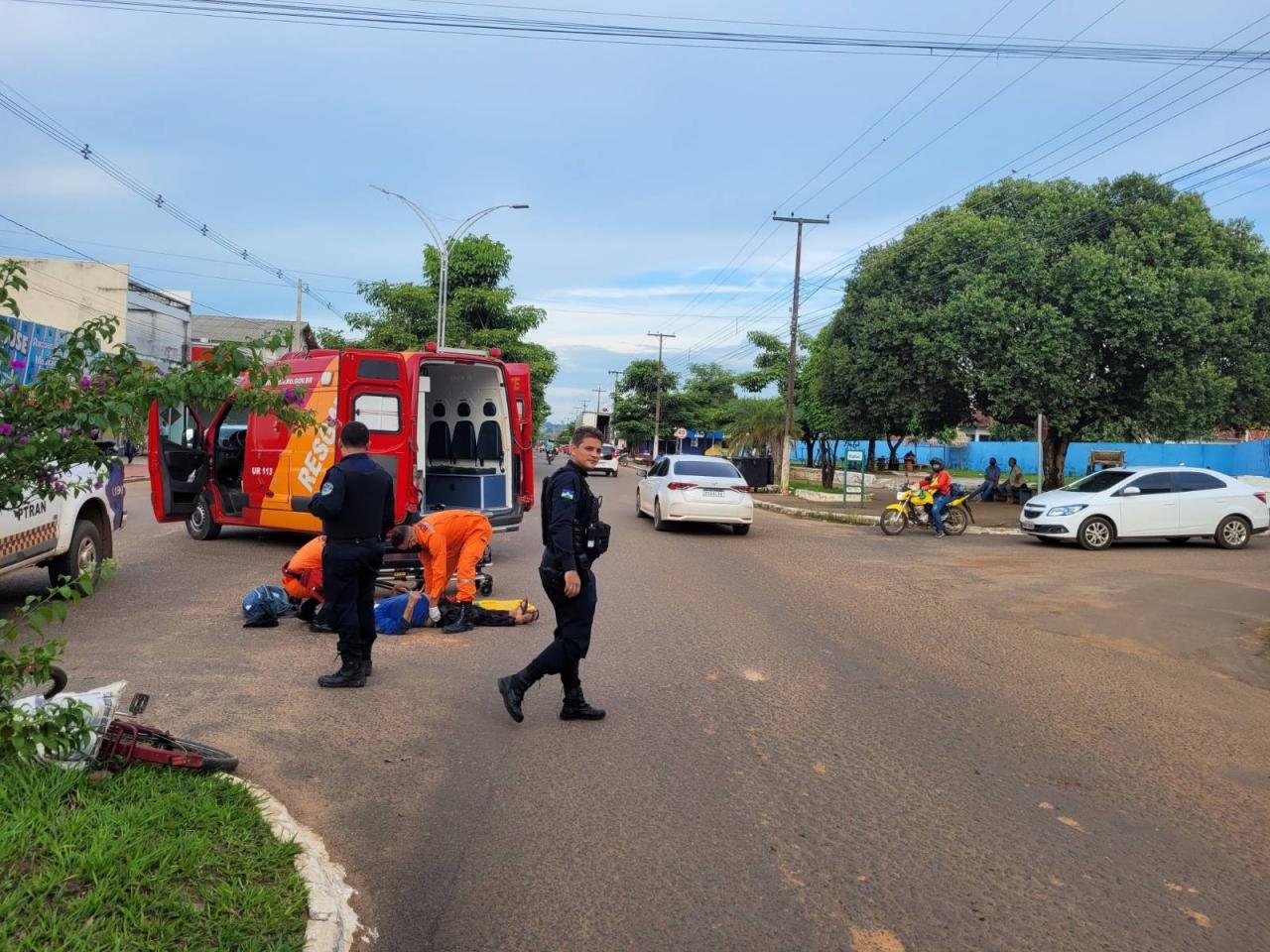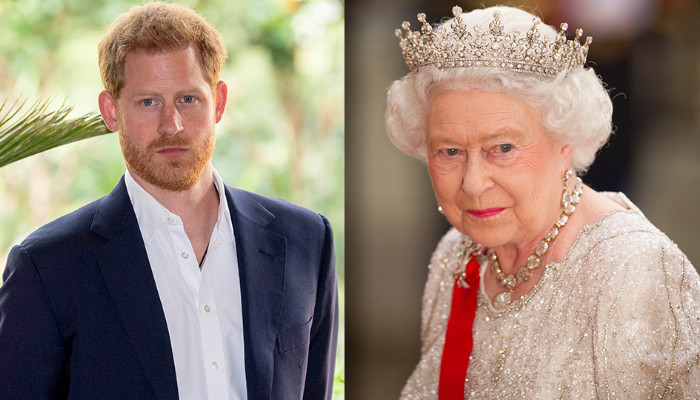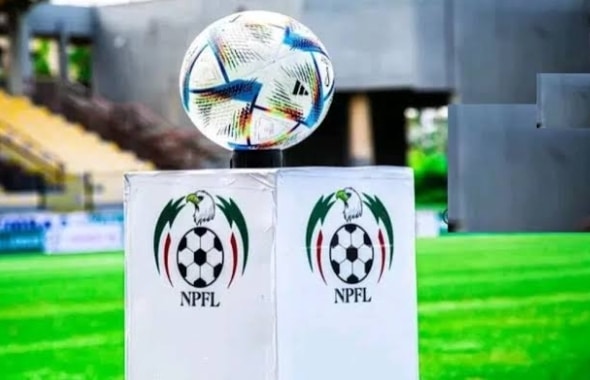Last Tuesday, when the photo of the meeting of the Minister of Agriculture, Julián Domínguez, with five governors and the Liaison Board in the “Gray Room” of that official portfolio was released, there was a detail in that postcard that , due to the focus it had, went unnoticed, but it was still there: the image of the Virgin of Luján .
The presence of the Virgin is not accidental, at least for the minister. A native of Chacabuco, he had it brought from his home in that town in the province of Buenos Aires.
It is known that the new head of Agriculture, who also held that position between 2009 and 2011 with Cristina Kirchner, he is a fervent Catholic and a man of arrival to Pope Francis. see the interior, the country, the traditions.
“Julián really likes to deal with these symbols, beyond the Catholic faith that he proclaims. He takes it as a cultural factor, related to the sector and the whole family that has the sector ”, they point out.
In addition to the image of the Virgen, in that room where the meeting with the Liaison Table was held there is a flag of the Ministry of Agriculture and another Argentine.
“These are the symbols that represent the interior, those that have to do with the most classic traditions, with the countryside ”, they add in their environment.
“He had her at home and had her brought here”, they detail about the origin of the Virgin of Luján from the minister Domínguez.
In his previous administration, which as mentioned was between 2009 and 2011, at a time marked by the tail blows of the 2008 conflict between Cristina Kirchner and the countryside over her mobile withholding project, the minister had an image also of the Virgin of Luján in the courtyard of the Ministry of Agriculture. That image is still there today.
/cloudfront-us-east-1.images.arcpublishing.com/lanacionar/EBMO3ZUHEBATVIJG2VT2UMKMAA.jpg)
Later, in 2014, when the late Carlos Casamiquela was Minister of Agriculture, a bust of Nestor Kirchner was installed in the official portfolio. This bust of Kirchner was removed when Ricardo Buryaile served as Agroindustry Minister in the government of Mauricio Macri. In the end, in October of last year, Luis Basterra, the man who preceded Domínguez, did put back the bust of Néstor Kirchner .
As can be seen in a photo, the Virgin of Luján today is in the middle of the Argentine flag and that of the Ministry of Agriculture.
Sign of the strong follow-up by symbols, tradition and faith, from the portfolio of Agriculture they slip a piece of information: that Pope Francis would be about to proceed in the process of beatification of who was “Negro Manuel”.
/cloudfront-us-east-1.images.arcpublishing.com/lanacionar/5BGLZS253JF4TF5FHHZBXZPQY4.jpg)
As recalled on the Internet page of the Parish of Our Lady of Luján Santuario Porteño, Manuel Costa de los Ríos, known as “Negro Manuel”, was born in Cape Verde, Africa and was brought as a slave. “He witnessed the miracle on the banks of the Luján River in 1630. Faithful servant and first apostle of the Virgin of Luján, patron saint of Argentina”, highlights.
“In 1630 he arrived in Buenos Aires, along with the holy images. He was a witness to the miracle of Luján and his owners left him as a slave to the Virgin. He served his mistress with singular solicitude all his life. Being a slave, around the year 1670, the conflict arose as to who he belonged to. This is resolved by the devout people of the Virgin who buy it so that it remains at the exclusive service of the blessed image. It is in this circumstance when the black man expresses: “I’m from the Virgin just”, is remembered in another section.
In January 2020, on his first visit to Pope Francis, President Alberto Fernández presented the Pontiff with a small statue of who was “Negro Manuel”.
Note: This article has been indexed to our site. We do not claim ownership or copyright of any of the content above. To see the article at original source Click Here













